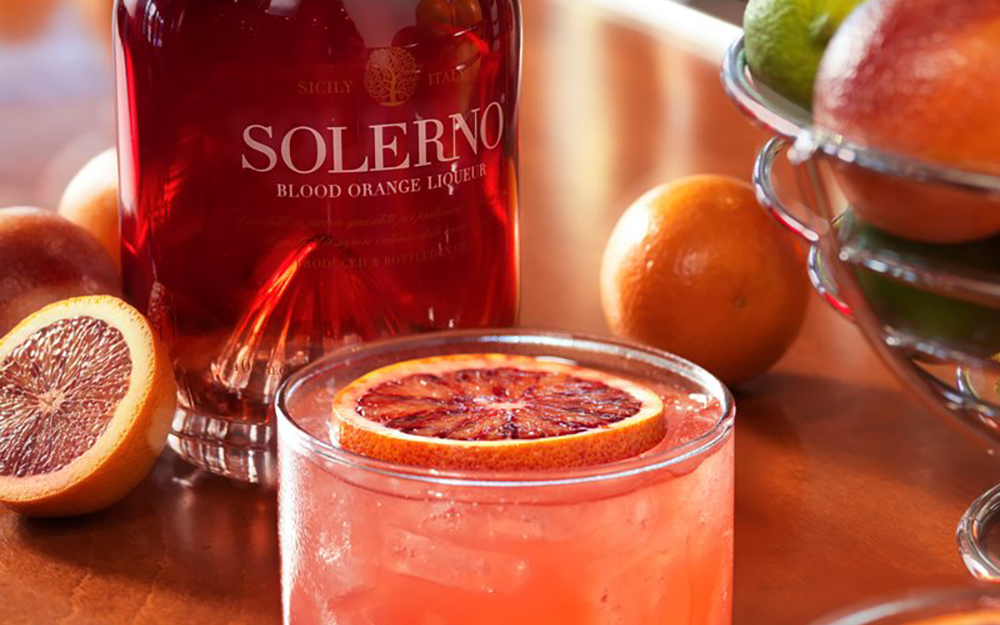
By Rick Riozza
Besides being your beloved Vino Voice here at the CV Weekly, I am also a freelance contributing writer to the nationally published Tasting Panel Magazine. Indeed, in my first article for the publication, I reviewed Palm Springs’ Zin American Bistro and wrote about its owner Mindy Reed. And I did an article on Joannes Bacher, Owner and Executive Chef at Joannes.
How I got that gig is part of this story: Around ten years ago, I attended an Italian wine tasting seminar that was held at the beautiful and scenic Skirball Cultural Center in L.A. It was a lovely venue to hold seminars in the morning, and a wine tasting sission in the afternoon where over a hundred world-class Italian wines & liquors were presented.
Driving in from our valley for a couple of hours and getting through all of the traffic on the freeways, I was running a bit late. I finally located the place and drove into the parking structure—and apparently someone else was running late too because the car was on my tailgate all the way as we were searching for a place to park. Believe me—was looking forward to a nice glass of red wine or what!
Anyway—I ran into the structure elevator and following me again was the tailgater. She introduced herself as Meridith May. I would later find out that she was #15 on the list of INTOwine.com’s 100 Most Influential People in the Wine Industry.
I think I only attended one wine seminar which was covering the “red wines of the City of Rome”. And it so happens that Meridith May was the moderator. I asked a few questions and made a few comments, all of which apparently impressed Meridith. She met up with me after the seminar and we spoke. She learned I was a local wine columnist and inquired if I’d be interested in writing for her publication. Ms. May was also the executive editor of Tasting Panel Magazine. The rest is history!
So next, I’m at the large, beautiful tasting room where tables and tables are lined-up with the best Italians wines available for tasting along with many of the Italian wine makers and distributors. And for a while, I had noticed that one table had nothing on it, but did have cases of wine underneath it.
After a couple hours or so of drinking—I’m sorry, tasting, I finally inquired about the vacant table. No one knew anything about it; it would appear that the whoever was scheduled to man the table was a no show.
Well—I was feeling my oats, and I began to take out the contents from the cases and set the bottles on the table. But it wasn’t wine, rather, it was bottles of blood orange liqueur.
Now I was familiar with the famous bittersweet Sanguinello oranges of Sicily, that we’ve enjoyed there. And, many of the Sicilian wineries make a “house” blood orange liqueur. I never got that into it, but it is tasty stuff.
Lots of folks back in the day were confused with the difference of “liquors”, “liqueurs”, and “cordials” Liquor is the term for alcoholic beverages that are made of grains or any other plants and fermented to a “hard alcohol”. Contrary to liquors, liqueurs contain much more sugar and are often used as flavoring agent in a cocktail. Simply stated, a liqueur is a liquor with added sugar, flavors, and often (though not always) has a lower proof. Cordials used to be liqueurs made only from fruit, but that distinction has been lost.
So back at the tasting room, I’m doing my best to represent this liqueur I was pouring. I did do a bit of lecturing on the liqueur/cordial discussion, and I was able to discuss the blood oranges found in Sicily.
It’s an interesting subject because blood oranges from Sicily are a unique, delicious, and visually stunning citrus fruit with a complex, sweet-tart flavor profile with hints of raspberry and pomegranate, making them an excellent complement to a wide variety of foods and beverages. They pair exceptionally well with seafood dishes, salads, and desserts. Blood oranges also shine when combined with other fruits, herbs, and spices, such as mint, basil, cinnamon, or ginger.
Now I hadn’t had an orange liqueur in a while. Fortunately, the brand I was “newly” presenting was considered to be one of the best liqueurs on the market: Salerno Blood Orange Liqueur. ($35). All I had to do was to take a sip of the liqueur, savor it, and let the flavors speak for themselves.
The Salerno product notes state: “The potent (40 percent alcohol), only slightly sweet liquor is the marriage of three small-batch distillates: one made from the meat of the oranges, one from the skins and one from local lemons. The result is a piquant, zesty, yet understated citrus potion. The bottle, inspired by Murano glass, has a punt (the bottom depression) that resembles a citrus juice squeezer.”
All cocktilians know that blood orange liqueur adds a vibrant twist to many classic cocktails and inspires some innovative creations as well. Some popular cocktails that incorporate blood orange liqueur include margaritas and mimosas, which make for a sophisticated brunch beverage.
And does this liqueur go well with chocolate?—you think? Absolutely! The deep, sweet-tart flavor of liqueur pairs beautifully with the rich, indulgent taste of chocolate.
Tasty times! Cheers!










































